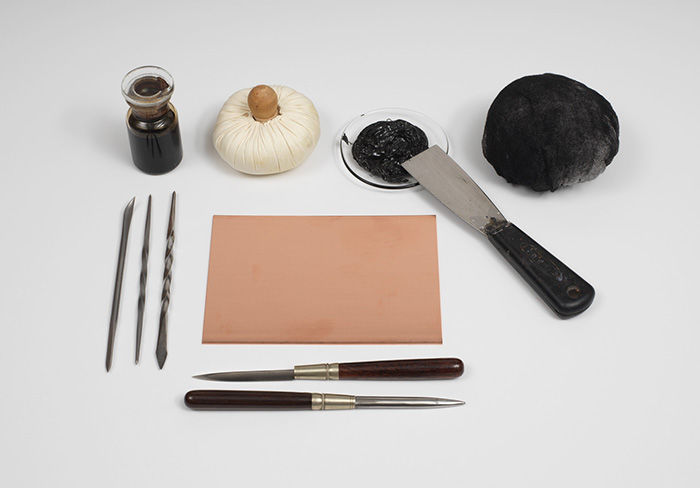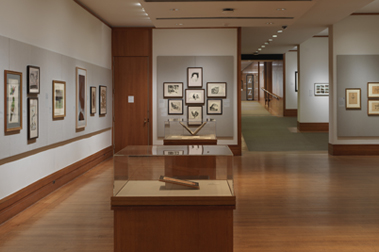Pool Dornie
Sir Francis Seymour Haden British
Not on view
Seymour Haden was the unlikely combination of a surgeon and an etcher. Although he pursued a very successful medical career, he is mostly remembered for his etched work as well as for his writings on etching. He was one of a group of artists, including James McNeill Whistler (1834–1903) and Alphonse Legros (1837–1911), whose passionate interest in the medium led to the so-called etching revival, a period that lasted well into the twentieth century. The extolling of etching for its inherent spontaneous qualities reached its pinnacle during this time. While the line of the etching needle, Haden wrote, was "free, expressive, full of vivacity," that of the burin was "cold, constrained, uninteresting," and "without identity."
View of the river Spey; man in hat, leaning forward on bank of river fishing, at lower left; man seated behind tree trunk in upper left corner; river at right.
"The scene is of the river Spey and is similar to earlier river compositions, most notably those of the Multeen River, County Tipperary (see Nos 46A, 46B, and 47). Like the earlier prints, this was preceded by a watercolor, in revers, now in BMPD.
State IV (H1). Much of the shrubbery on the far left removed, including the left ifgure's legs, which have been redrawn with drypoint. The sky is filled with fleeting clouds."
[Source: Schneiderman, p. 299]
"Published States: First.-Much of the work on the left removed, including the feet of the man, who has been partly re-drawn."
[Source: Harrington, p. 80]

